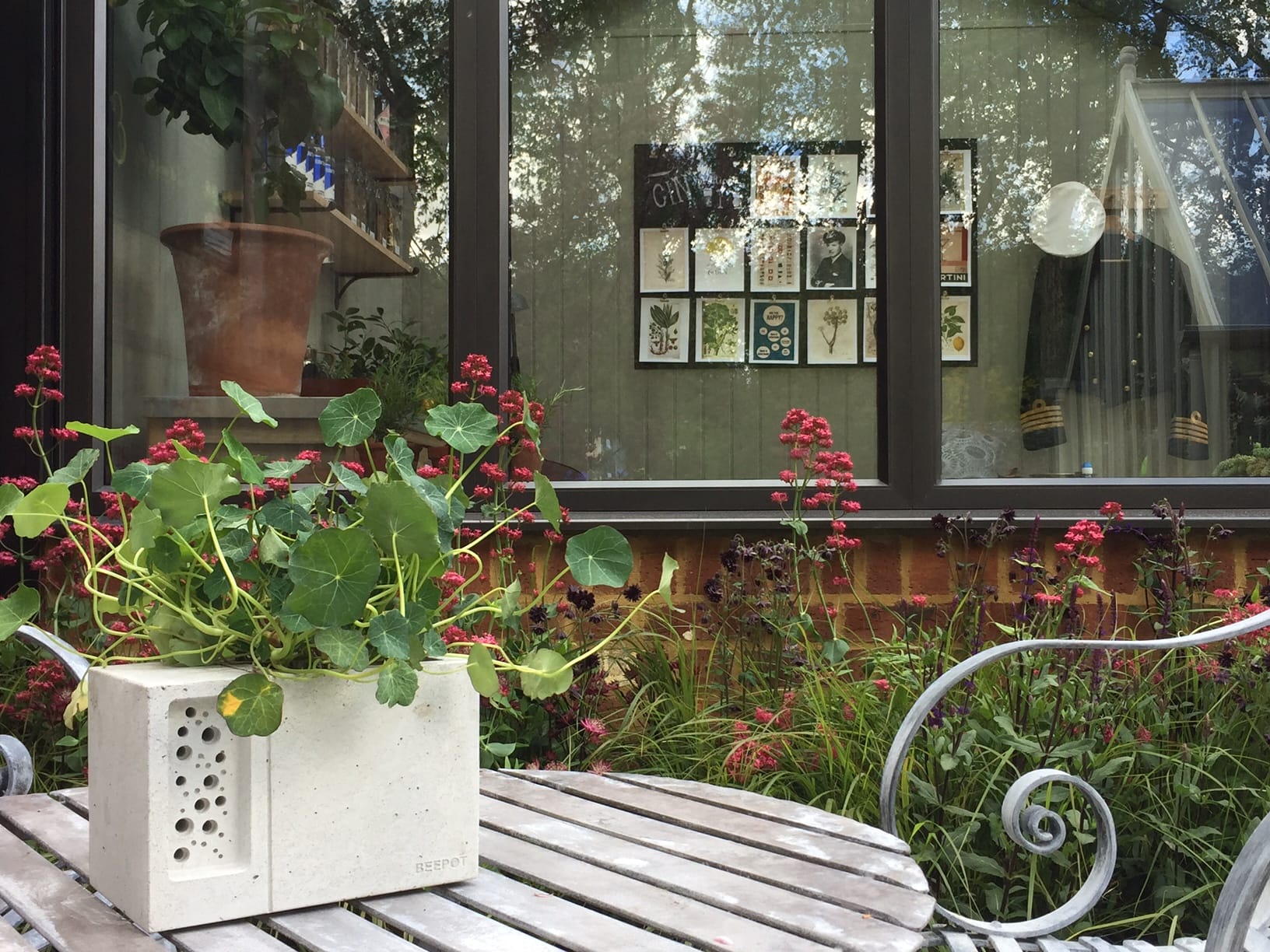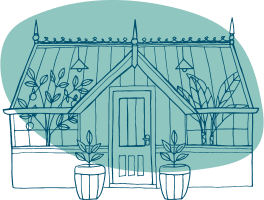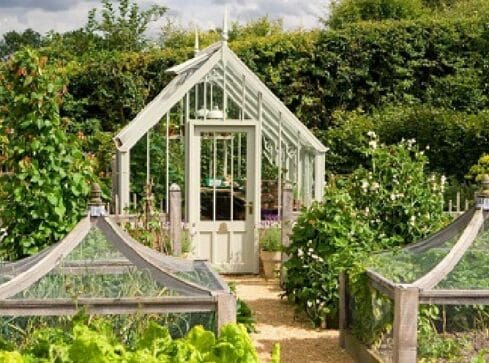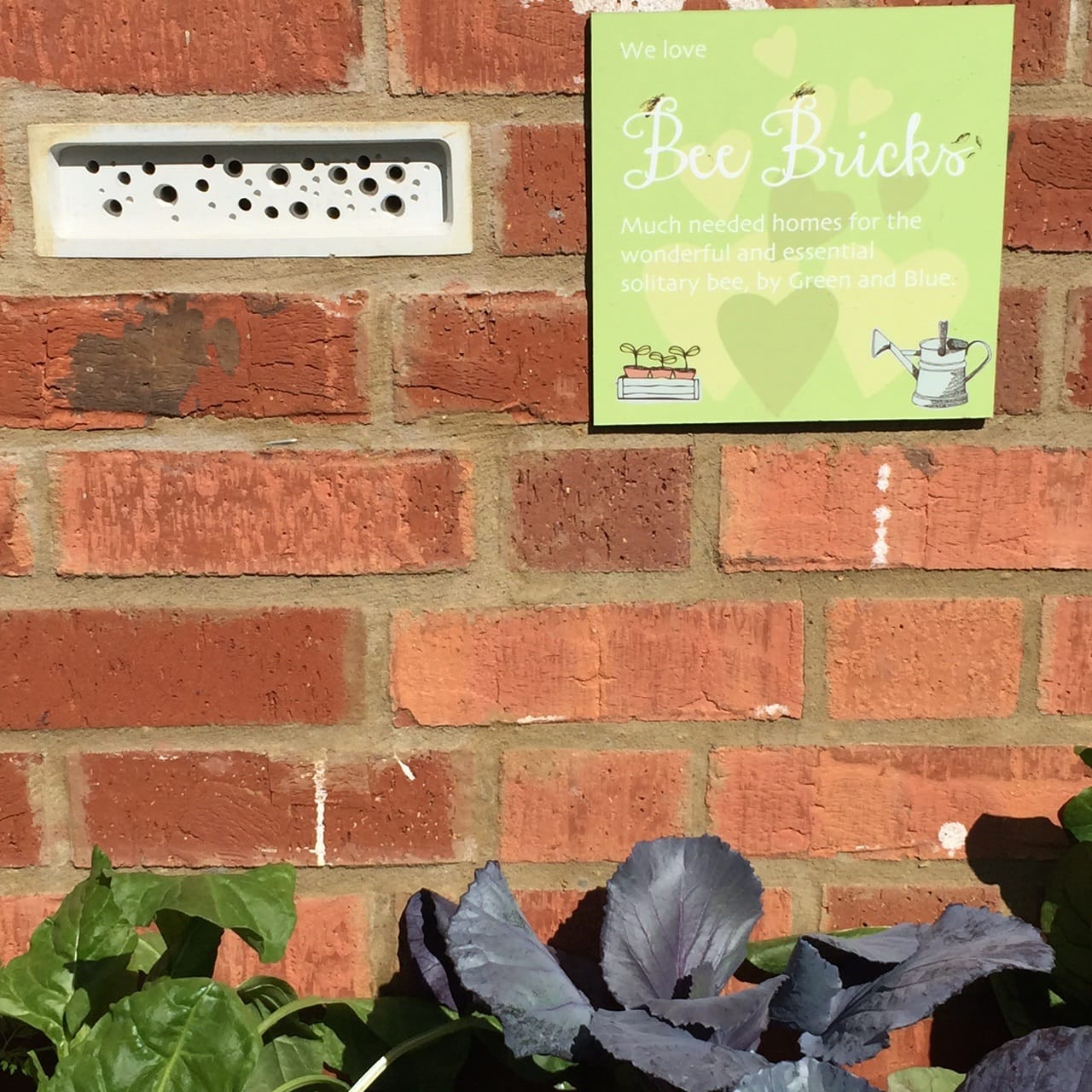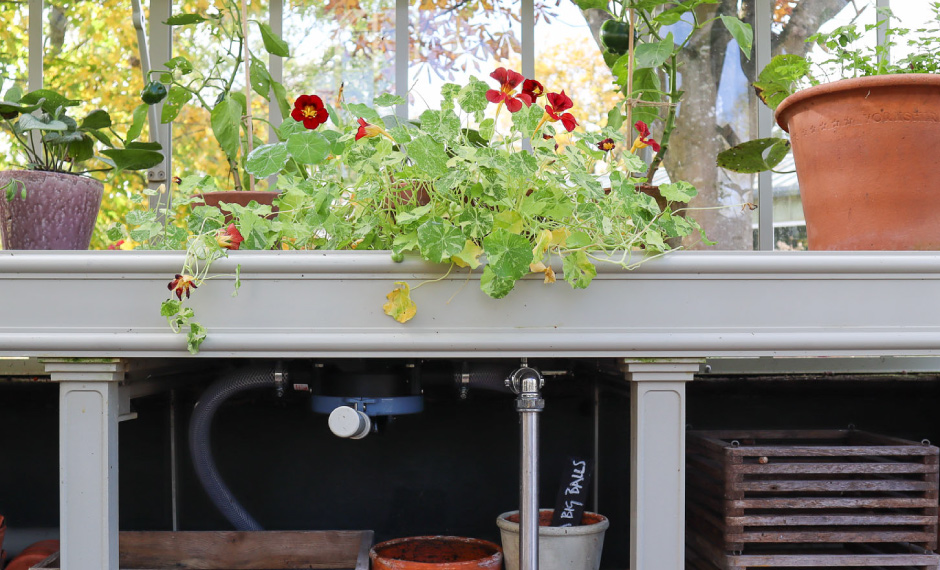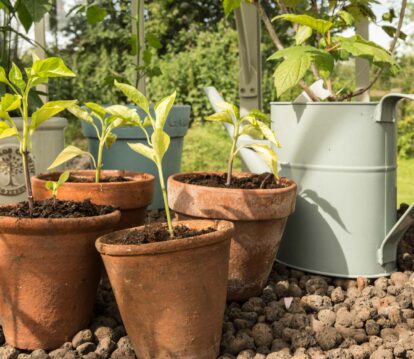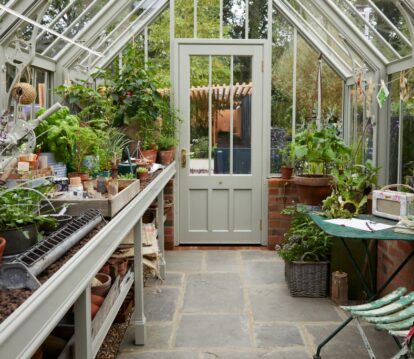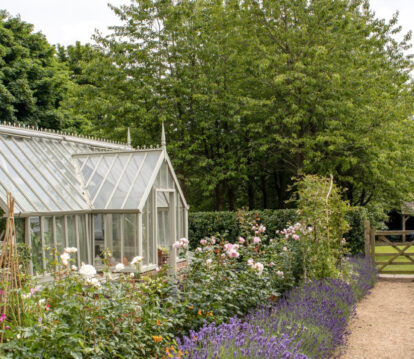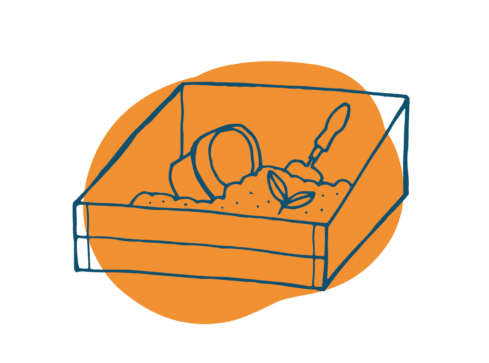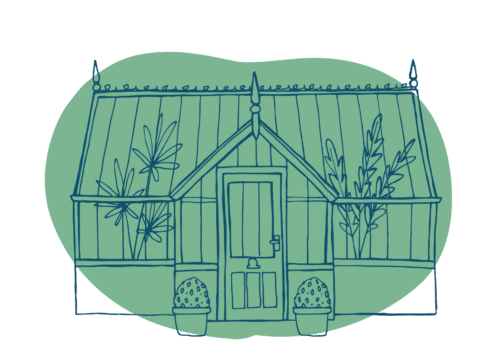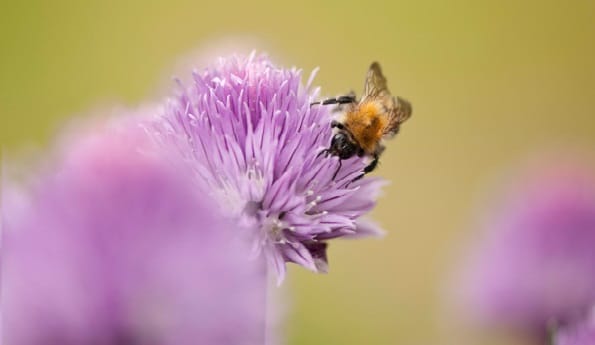
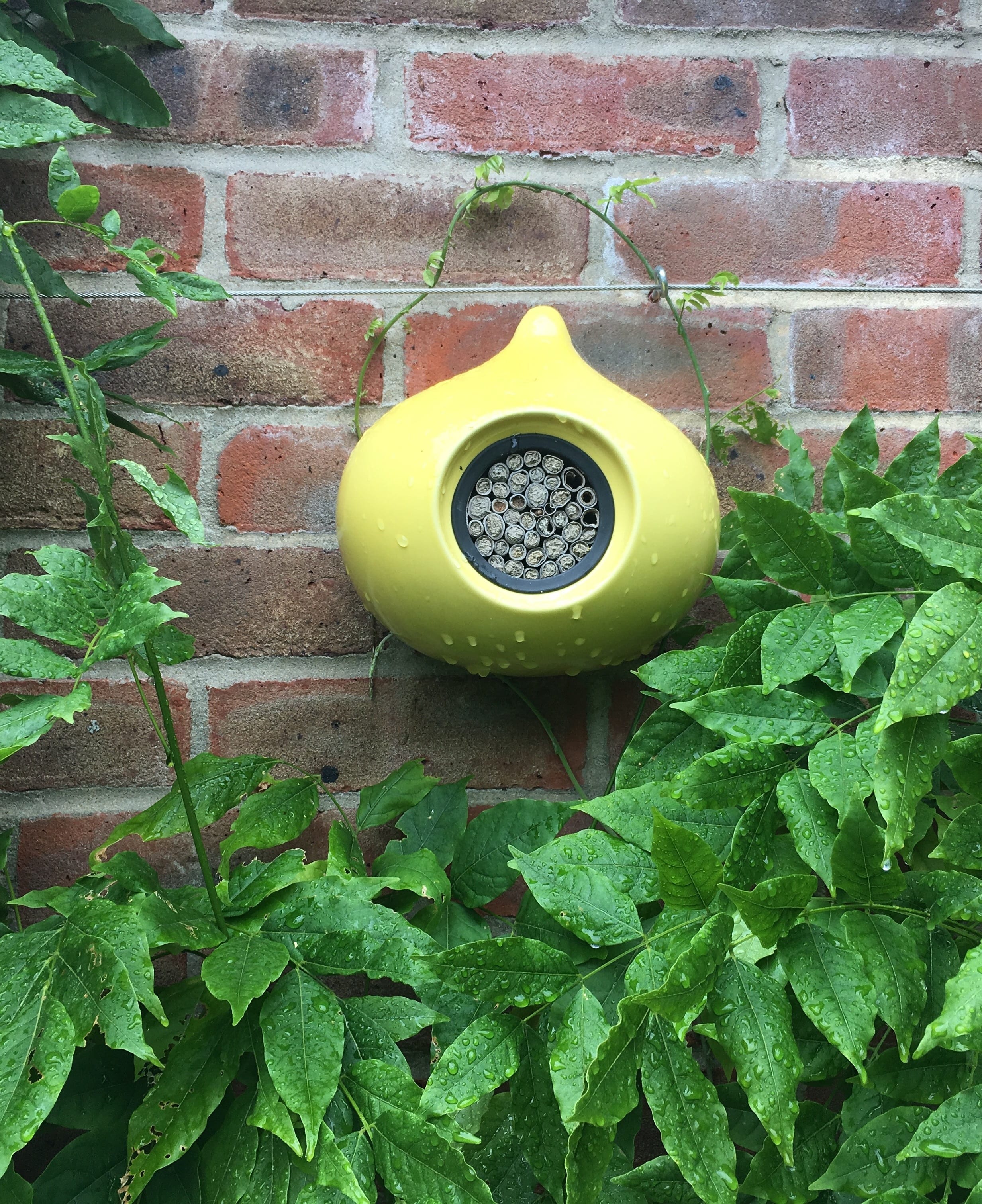
We also love Bee Bricks by Green and Blue. After proving popular again at RHS Chelsea Flower Show this year, you will also be able to find them on our stand at RHS Hampton Court Palace Flower Show. The bricks are inspired by the natural way the bees nest, making the perfect hotel for the solitary bee. The bricks can be used in place of a standard brick during construction, for example your greenhouse or conservatory base, or use them as a standalone feature in your garden. They are best when placed in warm sunny spots, facing South East or South West, without foliage in front.
With around 200 species of the solitary bee, they are the largest contributor in pollinating our crops. The solitary bee is harmless, the males have no sting and the females rarely use theirs, only when trodden on or handled roughly. With no queen or honey to protect, the bees are non-aggressive, meaning they are safe to be around children and pets.
The solitary bee emerges in spring-time, ready for the freshly blossoming flowers and plants. They tend to live alone but nest close to one another. This means that Bee Bricks and Beepalaces are the perfect home whilst allowing the bees to spread themselves amongst the cavities. One female bee will use around five to six cavities, laying up to seven eggs in each one. They are also the perfect way to provide a new habitat for the bee.
